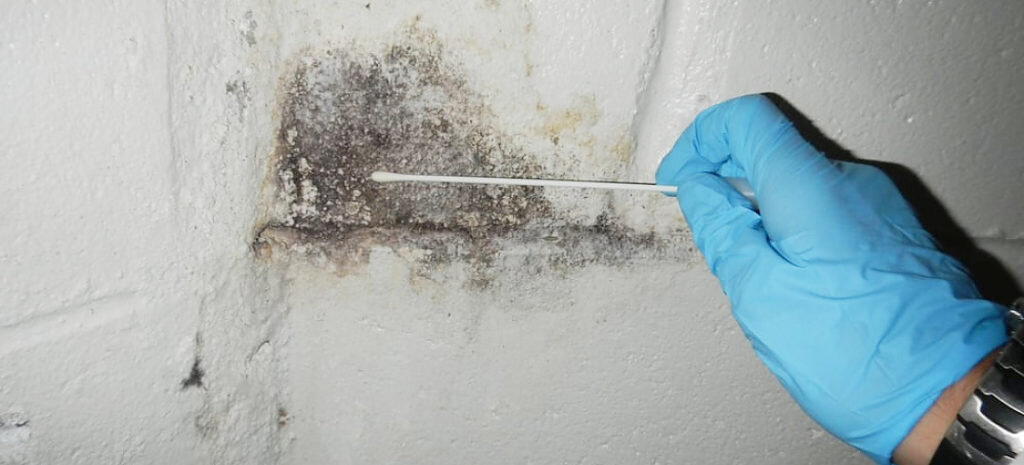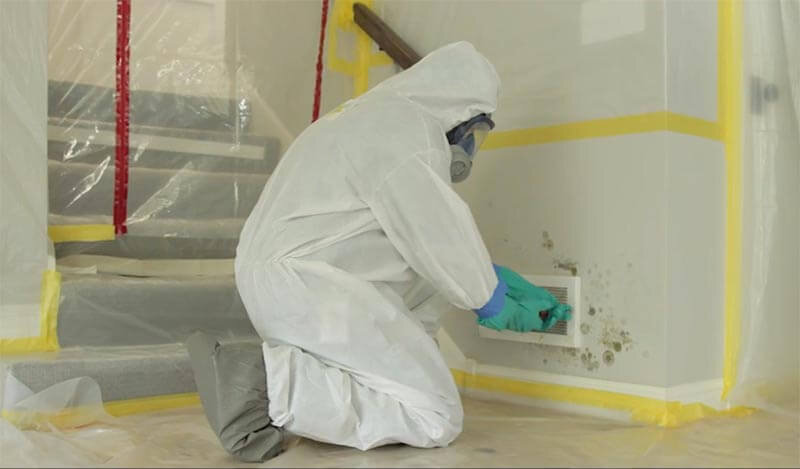After Mold Remediation Techniques for Tidy Rooms
Your Ultimate Guide to Post Mold And Mildew Remediation Techniques
In the after-effects of mold and mildew infestation, understanding just how to properly eradicate the mold and avoid its reoccurrence is extremely important for keeping a healthy and balanced interior atmosphere. From choosing the best cleansing and decontaminating methods to carrying out approaches for long-term mold and mildew prevention, each step in the removal trip plays a crucial role in making certain an effective end result.
Recognizing Post-Mold Removal Process
After finishing the mold and mildew removal process, it is important to recognize the post-mold remediation techniques that are necessary to make sure a reliable and comprehensive clean-up. Once the mold has been removed, the following step entails cleaning and decontaminating the affected areas to avoid any kind of regrowth of mold.
Furthermore, performing a final evaluation post-remediation is crucial to make sure that all mold has actually been efficiently eliminated. This inspection should involve a complete visual check in addition to possibly air tasting to verify the absence of mold spores airborne. Additional removal might be required if the inspection discloses any lingering mold and mildew. Lastly, educating occupants on safety nets such as managing dampness levels and without delay dealing with any kind of water leaks can assist keep a mold-free environment.
Reliable Cleaning and Decontaminating Approaches

Avoiding Future Mold And Mildew Development

Value of Proper Air Flow
Appropriate ventilation plays an essential function in avoiding moisture buildup, a vital consider mold and mildew growth within interior atmospheres. Reliable ventilation systems assist eliminate excess humidity from the air, minimizing the chances of mold and mildew spores locating the dampness they require to spread out and sprout. Without appropriate air flow, interior rooms can come to be a breeding place for mold, causing potential health and wellness risks and structural damages.
By ensuring appropriate air blood circulation, ventilation systems can also aid great site in drying damp areas faster after water damage or flooding cases, even more discouraging mold and mildew development. After mold remediation. In rooms like washrooms, kitchen areas, basements, and attics where wetness levels tend to be higher, installing and keeping efficient air flow systems is vital in stopping mold and mildew invasions

Tracking and Upkeep Tips
Offered the critical function that correct ventilation plays in protecting against mold and mildew growth, it is essential to establish efficient monitoring and maintenance pointers to make certain the continued functionality of ventilation systems. Routine inspections of ventilation systems ought to be conducted to check for any type of indicators of blockages, leakages, or malfunctions that might restrain correct airflow. Tracking moisture levels within the residential or commercial property is likewise critical, as high moisture can add to mold growth. Setting up a hygrometer can help track humidity levels and sharp home owners to any kind of spikes that might need interest. In addition, mold removal products ensuring that air filters are frequently cleansed or changed is crucial for maintaining the efficiency of the ventilation system. Implementing a timetable for routine upkeep jobs, such as air duct cleaning and HVAC system assessments, can help click for info protect against problems before they escalate. By remaining conscientious and positive to the condition of ventilation systems, residential or commercial property owners can efficiently reduce the threat of mold and mildew regrowth and maintain a healthy and balanced interior setting.
Conclusion
To conclude, post-mold remediation methods are crucial for guaranteeing a secure and tidy environment. Understanding the process, executing efficient cleaning and disinfecting techniques, stopping future mold development, maintaining appropriate ventilation, and routine monitoring are all crucial action in the removal process. By adhering to these standards, you can effectively eliminate mold and mildew and avoid its return, advertising a healthy and balanced living or working area for all owners.
In the after-effects of mold invasion, recognizing just how to successfully eliminate the mold and stop its reoccurrence is critical for preserving a healthy and balanced interior atmosphere. As soon as the mold has actually been gotten rid of, the next step involves cleansing and sanitizing the influenced locations to stop any regrowth of mold and mildew - After mold remediation. After eliminating visible mold development, it is essential to cleanse all surface areas in the damaged area to eliminate any kind of staying mold and mildew spores. To additionally boost mold prevention steps, it is necessary to address underlying issues that initially led to mold development.Provided the crucial duty that appropriate air flow plays in stopping mold growth, it is essential to establish reliable surveillance and upkeep suggestions to make sure the ongoing capability of air flow systems